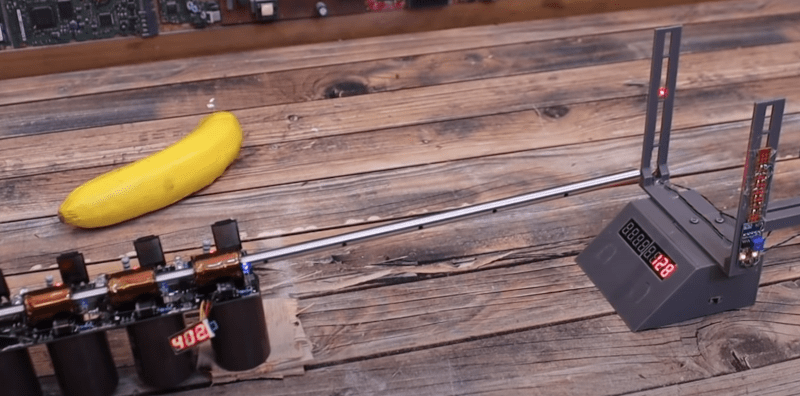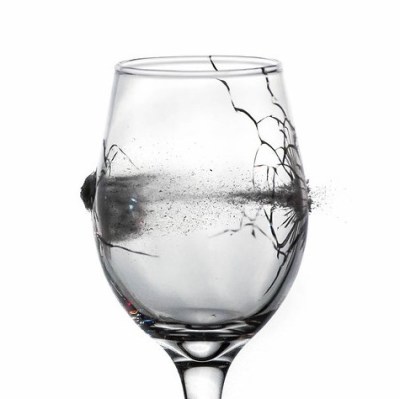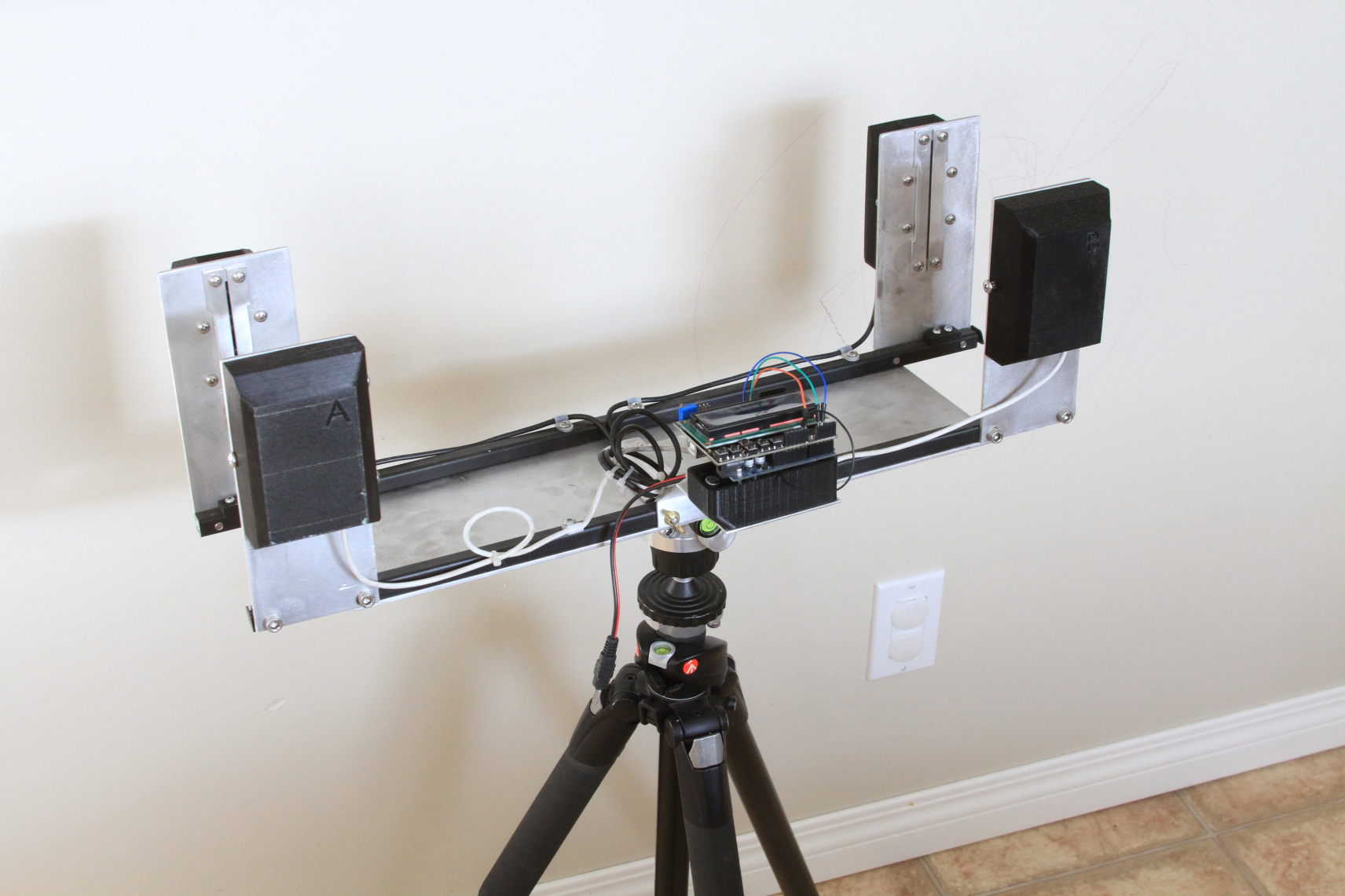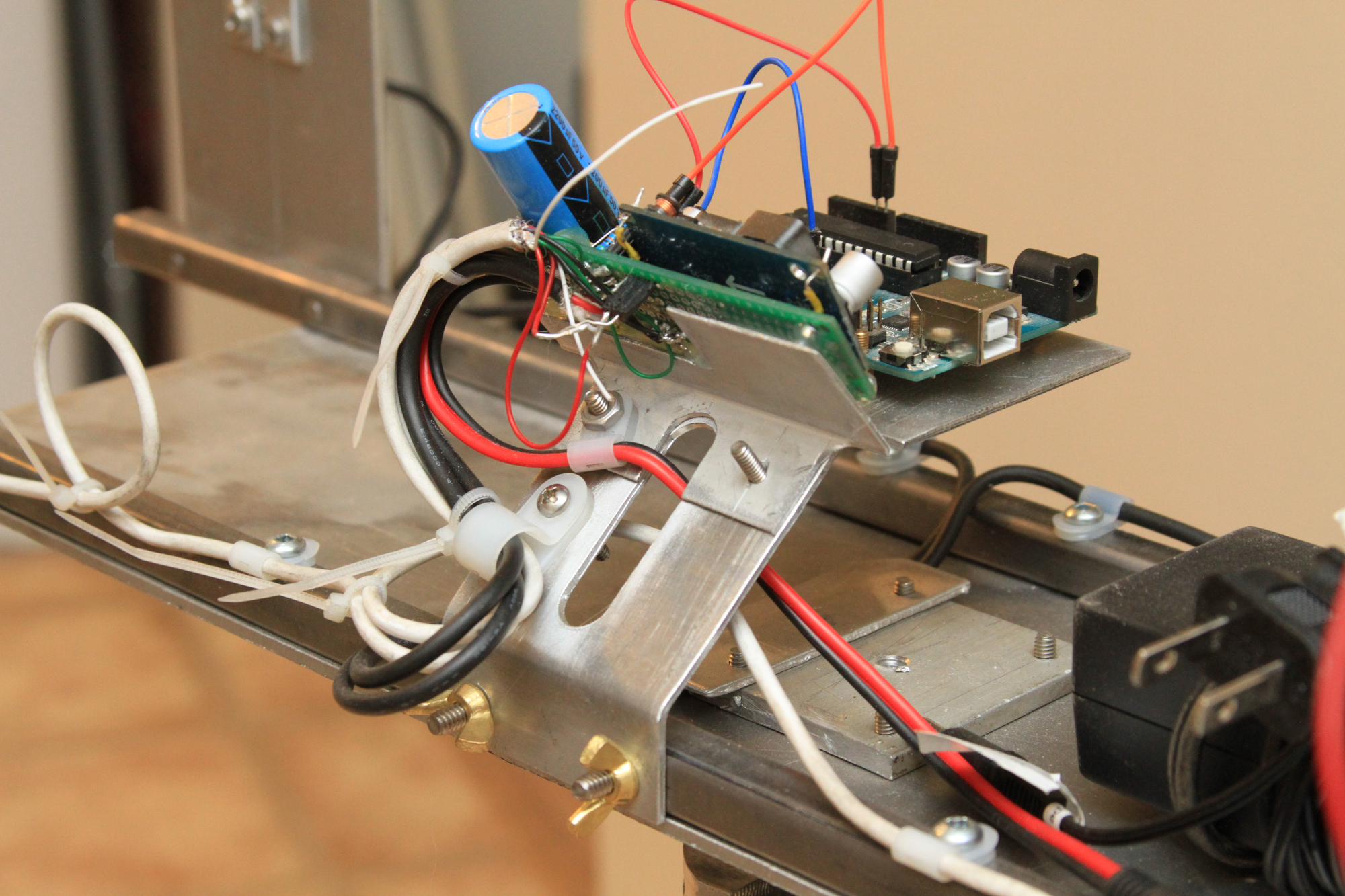15

[Electronoobs] built a coil gun and the obvious question is: how fast is the projectile? To answer it, he built a chronograph suitable for timing a bullet. The principle is straightforward. A laser and a light sensor would mark the entry and exit of the projectile over a known distance. As it turns out, there are some issues to resolve.
For one thing, a laser is too narrow and might miss the projectile. The first attempt to rectify this used mirrors, but the loss was too great — we suspect he was using a second surface mirror. The final answer was to use an array of detectors and removed the laser’s collimation lens to cover a wider area.
That worked, so all that was left was a nice mechanical design to allow changing the height of the sensors and the distance between the sensors. After that, an Arduino can take over.
We liked the mechanical design and the way he managed pushbuttons in the 3D printed case. We couldn’t help but wonder if a first surface mirror might have worked better. We also thought it would be nice to add some sort of encoder to let the device measure the distance between sensors automatically since it is adjustable. We also thought the response time and wavelength sensitivity of light-sensitive resistors might be a bit off. It seems like a photodiode or transistor would be more accurate and have better sensitivity to the laser or even just a conventional light source. But this does seem to work.
How fast was the coil gun? Well over 100 meters per second. For a point of reference, a .22 caliber round will have a muzzle velocity of well over 300 meters per second, but, still, 120 to 130 meters per second is nothing to sneeze at.
If you need a coilgun, we always liked the looks of this one. Or, you might prefer a more futuristic look.





